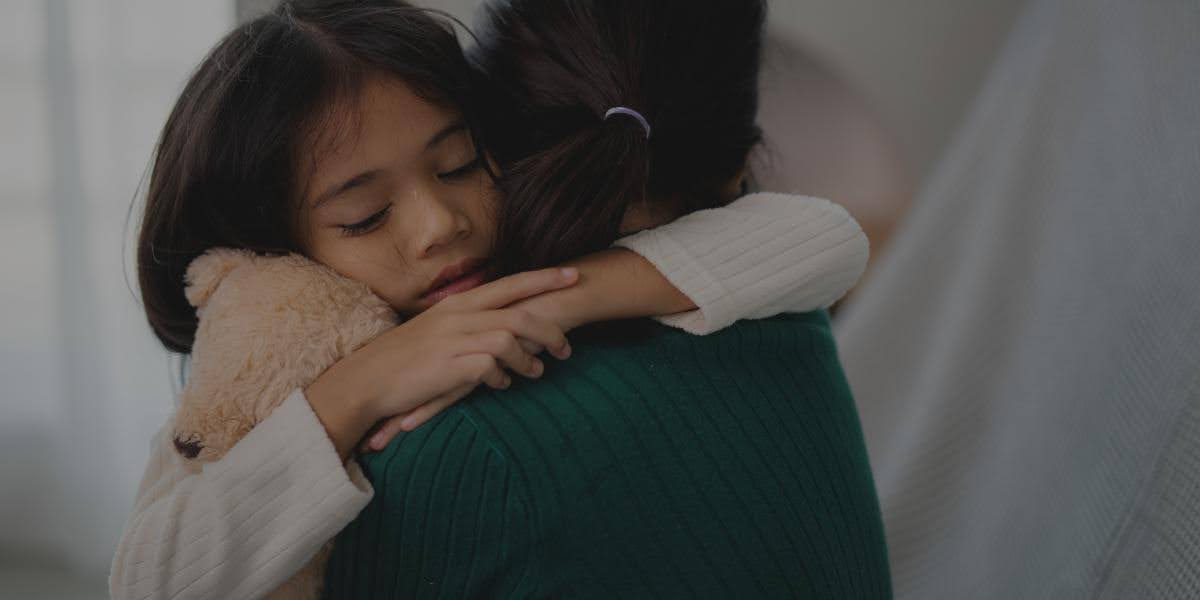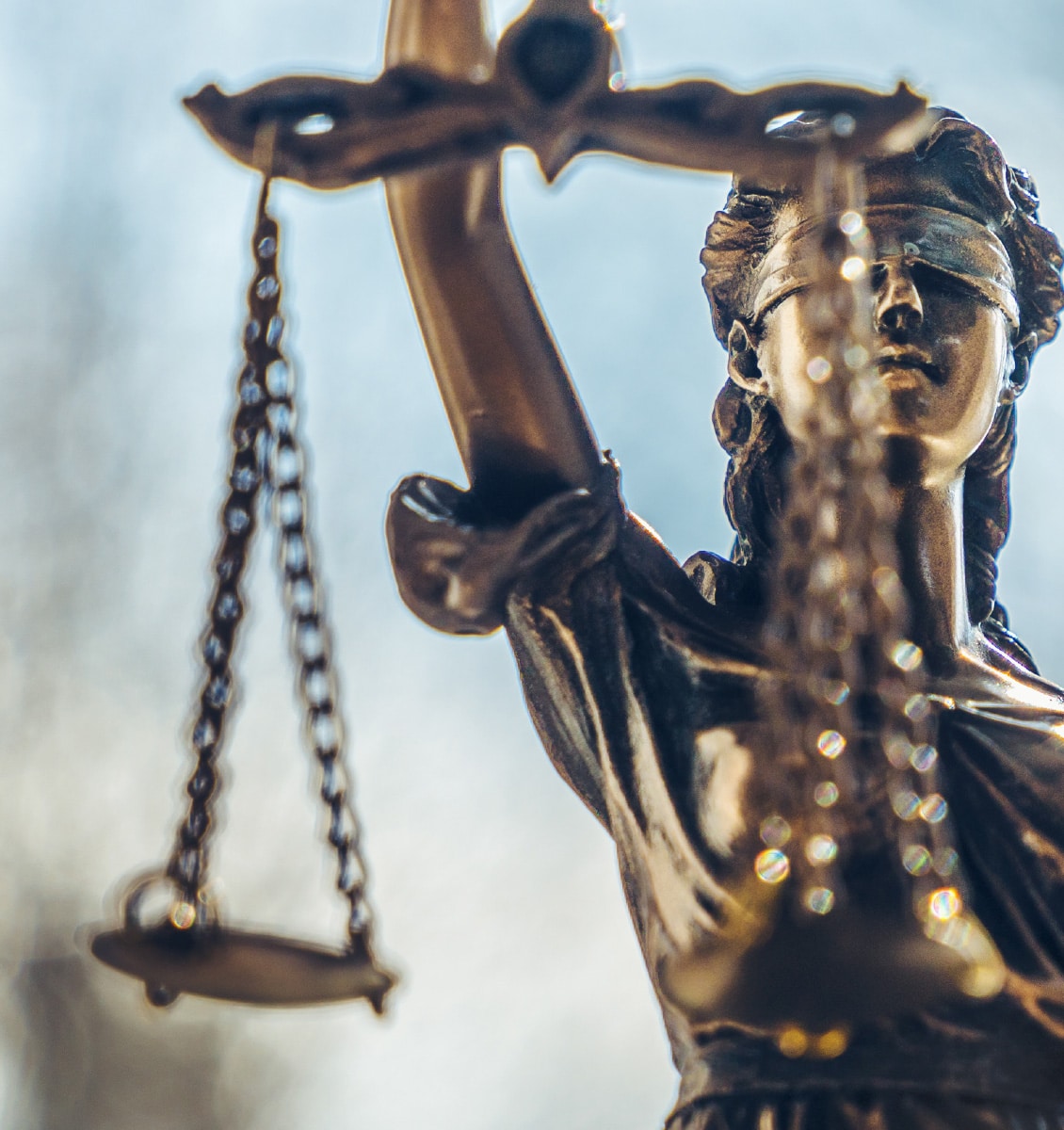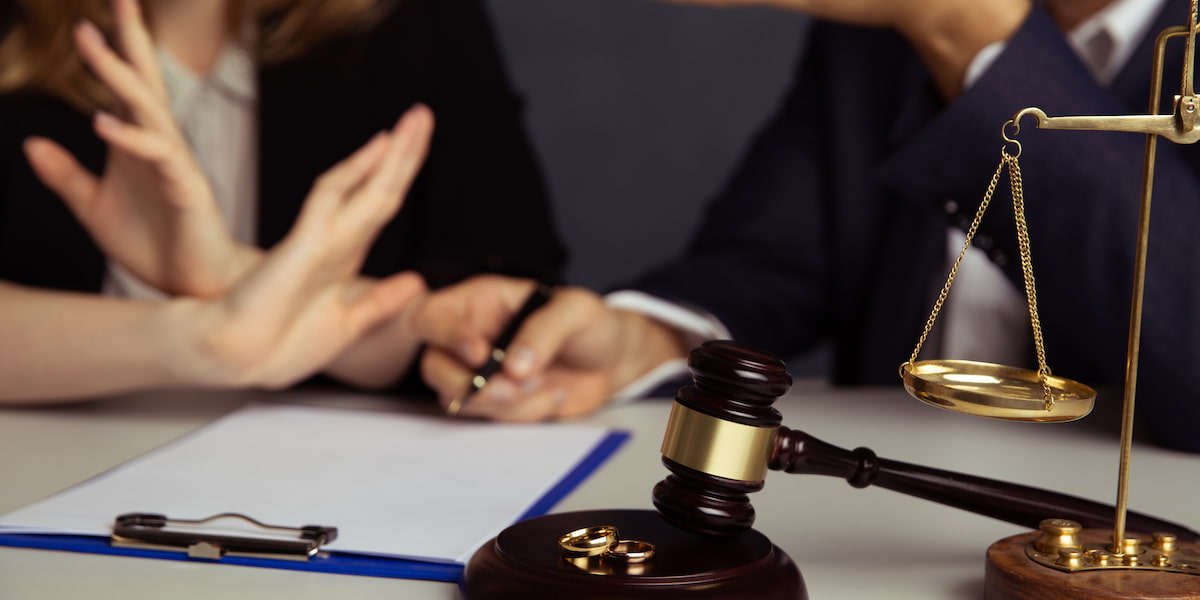If you’re feeling threatened, harassed, or unsafe because of someone’s actions, a no contact order can help protect you. This legal order prevents a specific person from contacting you in any way—whether in person, over the phone, or online. If you’ve been wondering, “Can I get a no contact order for harassment?”, the answer is yes. Harassment, including unwanted messages, stalking, or threats, is one of the main reasons people seek no contact orders.
This guide breaks down everything you need to know about getting a no contact order—who qualifies, how to apply, and what to do if the order is violated.
How to Get a No Contact Order
Getting a no contact order involves a few key steps. While the process may seem overwhelming at first, understanding what to do can make it much easier. This legal order is designed to protect you from further harassment, threats, or harm, so taking the right steps is crucial. Below, we’ll go over exactly what you need to do to obtain a no contact order and ensure your safety.
Step 1: Gather Evidence
Before you file for a no contact order, you need to build a strong case by collecting as much evidence as possible. The court requires proof that you are experiencing harassment, threats, or danger. The more evidence you have, the stronger your case will be.
What Type of Evidence Should You Collect?
To show the court why you need protection, gather the following:
- Threatening messages – Save any texts, emails, or voicemails that contain threats, harassment, or intimidation.
- Screenshots of social media harassment – If the person is harassing you online, take clear screenshots of messages, comments, or posts that show their behavior.
- Police reports – If you’ve already reported the harassment or threats to law enforcement, request copies of any police reports related to the case.
- Witness statements – If someone else has seen or heard the harassment, ask them to provide a written statement describing what they witnessed.
- Photos or videos – If the person has damaged your property, left threatening notes, or been caught on surveillance near your home or workplace, these visuals can be powerful evidence.
- Call logs – If the individual is making excessive phone calls, record the number of times they’ve contacted you. A phone log showing repeated calls can demonstrate a pattern of harassment.
How to Organize Your Evidence for Court
Once you have collected your evidence, organize it in a way that makes it easy to present to the judge.
- Print or save digital copies – Keep all emails, text messages, and screenshots in a folder or document.
- Create a timeline – Write down the dates, times, and descriptions of each incident to show a pattern of behavior.
- Label your evidence clearly – Courts may have specific guidelines on how evidence should be submitted, so check with your local courthouse for instructions.
Tip: If you’re unsure whether something counts as evidence, bring it anyway. Your lawyer or the court clerk can help you determine what is relevant.
Step 2: File a Petition with the Court
Once you have gathered your evidence, the next step is to file a petition at your local courthouse. This petition is a formal request asking the court to issue a no contact order against the individual harassing you.
Where Do You File a No Contact Order?
In New York and New Jersey, the type of court that handles no contact orders depends on your relationship with the individual:
- Family Court – If the person you need protection from is a current or former spouse, a relative, or someone you share a child with.
- Criminal Court – If the situation involves stalking, threats, or harassment from someone who is not a family member, such as a neighbor, coworker, or stranger.
If you’re unsure where to file, you can ask the court clerk or consult a lawyer.
What Information Do You Need to Provide?
When filing for a no contact order, you will need to fill out a petition form, which typically asks for:
- Your personal information – Your full name, address (if safe to provide), and contact details.
- The respondent’s information – The name and any known details about the person you’re requesting protection from.
- Details of the harassment or threats – A clear explanation of what has happened and why you fear for your safety.
- Supporting evidence – Copies of any texts, emails, police reports, or other documentation you have collected.
Most courthouses will have clerks available to help guide you through the paperwork, but legal assistance can be beneficial, especially if your case is complex.
Do You Need a Lawyer to File a No Contact Order?
You are not required to have a lawyer to file a no contact order, but working with one can help:
- Make sure your petition is filled out correctly
- Present your evidence in the strongest way possible
- Represent you in court if a hearing is required
- Help you navigate any legal challenges if the respondent contests the order
If you’re feeling overwhelmed or unsure about the process, seeking legal guidance can make a big difference.
Next Steps: Once your petition is filed, the court may schedule a hearing to review your request. In some cases, you may be granted a temporary no contact order until a final decision is made.
Step 3: Attend a Court Hearing
Once you have filed your petition, the court will schedule a hearing to review your request for a no contact order. This hearing is a crucial step in the process because it determines whether the judge will grant your request.
How Soon Will the Hearing Be Scheduled?
The timeframe for your hearing depends on the court’s schedule and the urgency of your case. In situations involving immediate danger, the court may issue a temporary no contact order right away, which stays in place until the hearing. In other cases, the hearing might be scheduled within a few days or weeks.
What Happens at the Hearing?
During the hearing, you will have the opportunity to present your case. The judge will listen to both sides before making a decision. Here’s what to expect:
- You will share your side of the story – Be prepared to explain why you need the no contact order. This includes describing any harassment, threats, or incidents that led to your request.
- The judge may ask for more details – You might be asked to provide more context about specific incidents. Stay calm, answer clearly, and refer to your evidence when necessary.
- The respondent (the other person) may have a chance to respond – If they attend the hearing, they will be allowed to give their side of the story. If they don’t show up, the judge will typically base the decision on your testimony and evidence.
- The judge will review your evidence – Any text messages, emails, police reports, or witness statements you provided will be examined to support your case.
- The judge will decide if a no contact order is necessary – If the judge agrees that you need protection, they will grant the final no contact order, specifying how long it will last and what restrictions apply.
What If I Am Nervous About Speaking in Court?
It’s normal to feel anxious about testifying, especially in front of the person you are seeking protection from. Here are a few things you can do to feel more prepared:
- Practice what you will say – Write down key points about why you need the order and review them before the hearing.
- Bring a lawyer if possible – An attorney can speak on your behalf and help guide you through the legal process.
- Stay calm and focused – Stick to the facts and avoid getting emotional or arguing with the respondent.
- Ask for support – If allowed, bring a trusted friend, family member, or advocate to provide moral support.
If you feel unsafe facing the respondent in court, you can ask the judge if special arrangements can be made, such as testifying remotely or having a court officer present.
Step 4: Follow the No Contact Order
If the judge grants your request, the no contact order goes into effect immediately. This means the respondent is legally required to follow the restrictions outlined in the order.
What Should I Do Once I Have the No Contact Order?
To ensure your safety and make enforcement easier, follow these steps:
- Keep a copy of the order with you at all times – Carry a copy in your wallet or bag so you can show it to law enforcement if needed.
- Give a copy to the police – Local law enforcement should have a record of the order in case you need to report a violation.
- Notify your workplace, school, or child’s school if necessary – If the respondent is likely to show up in any of these places, provide them with a copy of the order so they know how to handle the situation.
- Inform family and close friends – Let them know about the order so they can help you stay safe and recognize any potential violations.
What Happens If the Respondent Ignores the Order?
Violating a no contact order is a serious offense. If the respondent tries to contact you in any way—whether through a phone call, text message, social media, or showing up at your home or workplace—report it to the police immediately.
Possible consequences for violating a no contact order include:
- Arrest – The respondent may be taken into custody for breaking the law.
- Fines – They may have to pay penalties for disregarding the order.
- Jail time – Depending on the severity of the violation, they could face time in jail.
- Stronger legal action – You may be able to get an extended or more restrictive order if the respondent continues to violate the rules.
Tip: If the person contacts you and apologizes, asks for a second chance, or tries to convince you to drop the order, do not engage. Even a seemingly harmless message can be a violation.
Step 5: Stay Aware and Take Action If Necessary
Even with a no contact order in place, it’s important to stay alert and take steps to protect yourself.
What Should I Do If the Person Tries to Contact Me?
If the respondent makes any attempt to reach you:
- Document everything – Save messages, take screenshots, and write down the time and date of any attempted contact.
- Call law enforcement right away – Do not wait to report violations, even if they seem minor.
- Talk to your lawyer – If the person continues to harass you, your attorney can help you explore further legal actions.
Can I Extend a No Contact Order If I Still Feel Unsafe?
Yes. If you feel that you still need protection when the order is set to expire, you can request an extension before it runs out. This process may require another hearing where you explain why the order should be extended.
What If I Need Additional Protection?
If the no contact order is not enough to ensure your safety, you may want to:
- Consider additional security measures – Changing your phone number, updating privacy settings on social media, or installing security cameras can add another layer of protection.
- Seek a restraining order – If the situation escalates, a restraining order might offer broader protections, including requiring the respondent to move out of a shared residence.
- Reach out to a support organization – There are many resources available for victims of harassment, stalking, and domestic violence that can provide guidance and assistance.
Tip: If the respondent moves to a different state, your no contact order may still be enforceable under federal law. Check with law enforcement or a lawyer to understand how your order applies across state lines.
Can I Get a No Contact Order for Harassment?
Yes, you can. If someone is repeatedly harassing you—whether through threatening messages, constant calls, or unwanted visits—you may be able to get a no contact order.
Harassment can take different forms, including:
- Threatening texts, emails, or phone calls
- Showing up at your home or workplace uninvited
- Repeatedly contacting you online
- Spreading false rumors or trying to intimidate you
If this behavior makes you feel unsafe or distressed, the court may grant a no contact order to stop the harassment.
How Long Does a No Contact Order Last?
The length of a no contact order depends on the case:
- Temporary orders last a few weeks to months until a full hearing is held
- Final orders can last six months, a year, or longer, depending on the judge’s decision
- Some orders can be renewed or made permanent if the harassment continues
If your no contact order is about to expire and you still feel unsafe, you can ask the court to extend it.
What If I Need to Change or Cancel the Order?
If your situation changes and you need to modify or remove the no contact order, you’ll need to file a request with the court. A judge will review the request, and both sides may have to attend another hearing.
Get Legal Help to Protect Yourself
Filing for a no contact order can be stressful, but you don’t have to do it alone. A lawyer can help you:
- Fill out paperwork correctly
- Gather strong evidence
- Represent you in court
- Make sure the order is enforced
At Krasner Law, we understand family law and can help you get the legal protection you need. If you’re ready to take the next step, we’re here to guide you through the process.
Contact Krasner Law Today
If you need help getting a no contact order, reach out to Krasner Law today. Our team is ready to support you and make sure you feel safe.
Click here to learn more about our services.







